How to cover a spot in 4 simple steps, according to a make-up artist
It only takes a couple of minutes, we promise
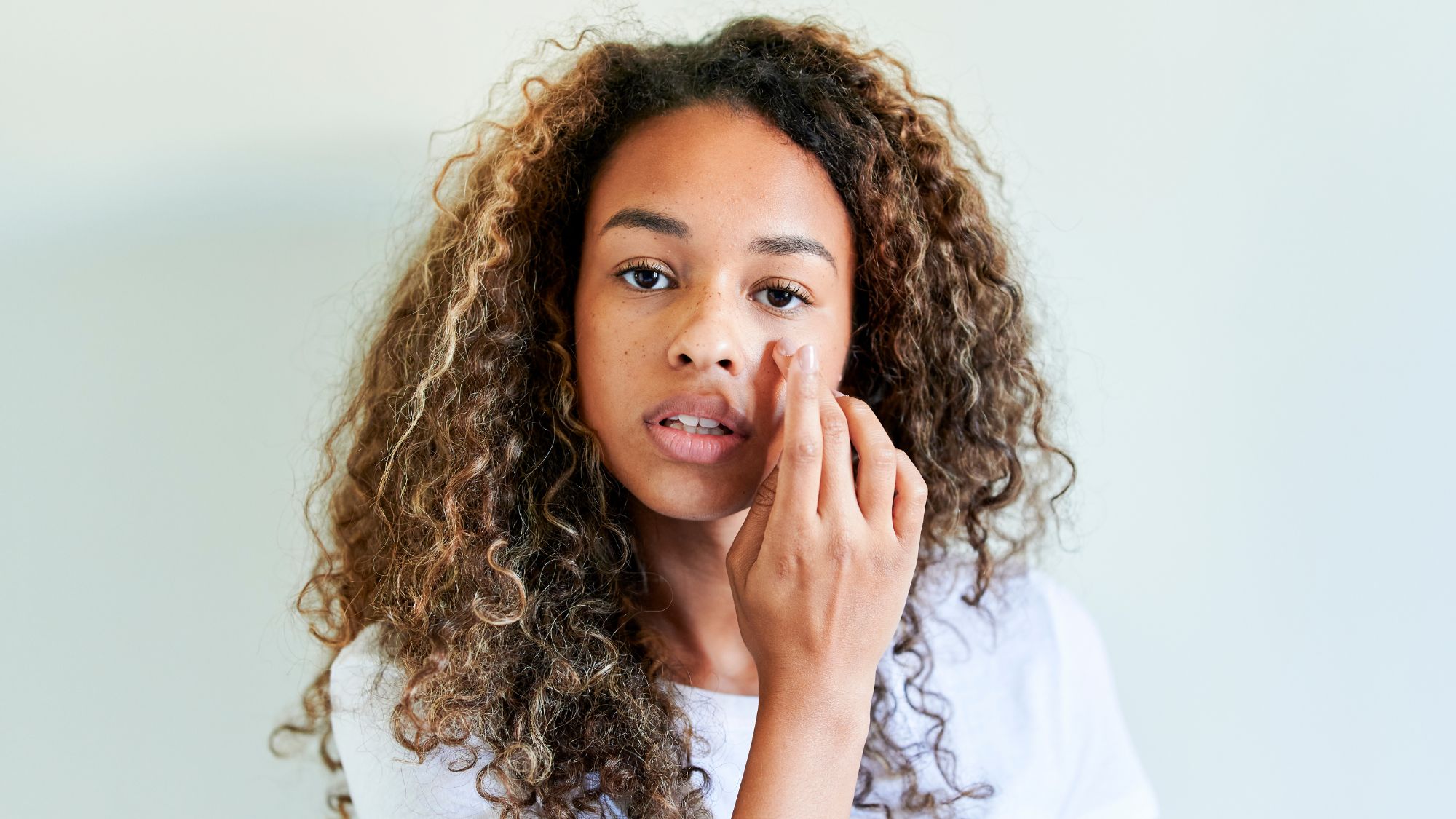
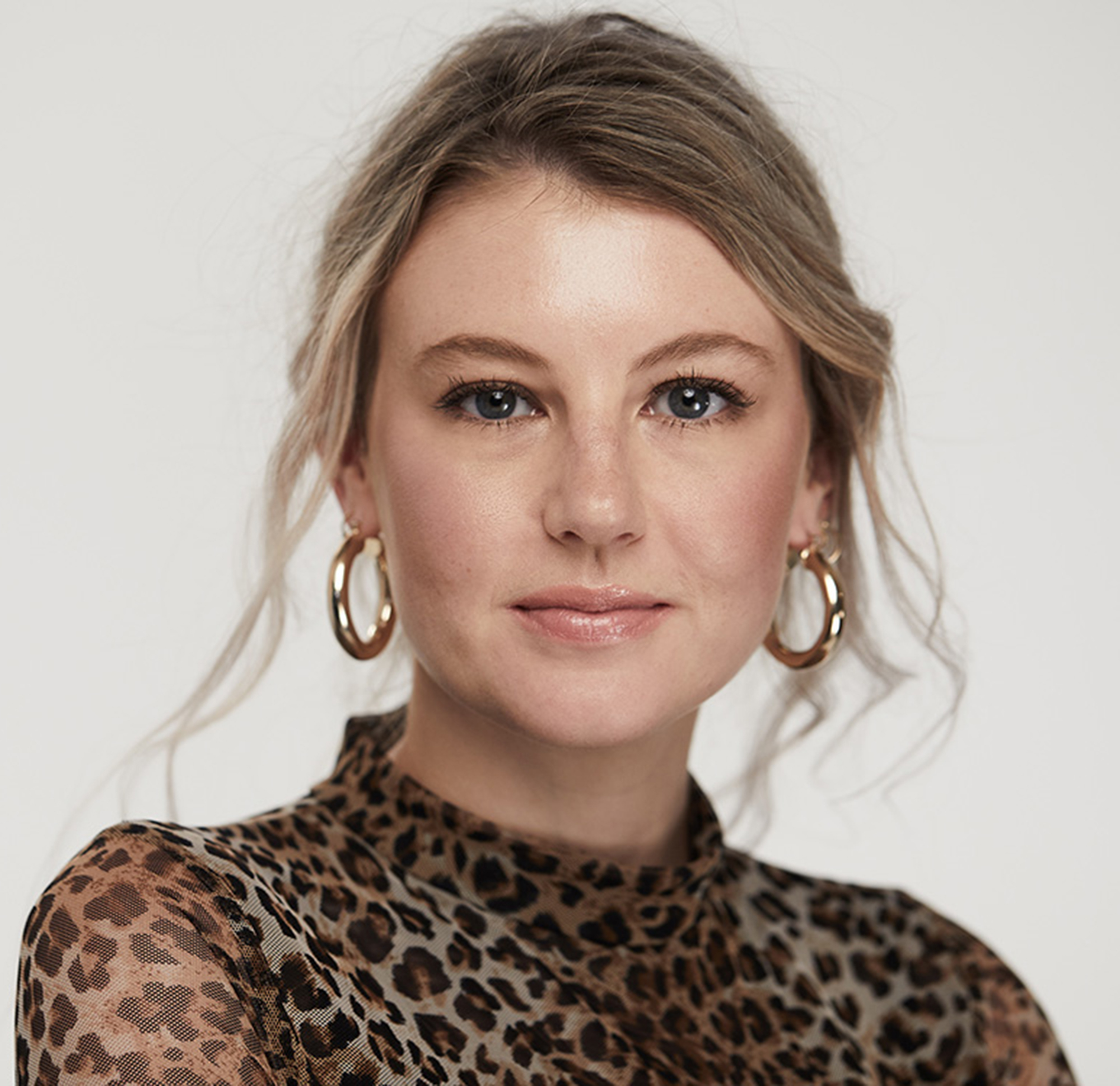
Shannon Lawlor
Spots might just be the most annoying, ugly, pain-in-the-arse things in the world—which is why team Marie Claire has worked hard to discover the best acne treatment out there. Whichever types of acne you're dealing with—whether it be back acne (or bacne as it's so pleasantly known), fungal acne or just plain old chin acne—they all suck. There are no two ways about it—sometimes you just want to know how to cover a spot up.
Because while you can arm yourselves with the best spot treatments and best skincare routine for acne the world has to offer, sometimes they just don't disappear fast enough.
You see, it's just a sad beauty truth: there is no magic wand to wave at spots in order for them to disappear overnight. More often than not, while you're waiting for your acne patches or acne face wash to do its thing, you're going to want to find a way to cover it up.
And while you might want to slather on all of the concealer and foundation you own in a bid to camouflage it, there is actually a secret in how to cover a spot. To help, I sat down with Caroline Barnes, the Max Factor UK Ambassador and a pretty darn brilliant make-up artist, to get her expert insight on the best way to cover a spot. Turns out, it's easier than you'd think—you just need to know these four simple steps.
How to cover a spot: Step 1
"First things first," says Barnes, "pop some blemish gel onto the spot. I really like Medik8's one. This will dry the spot out, as well as sealing it from any infection from makeup. Wait for this to dry."
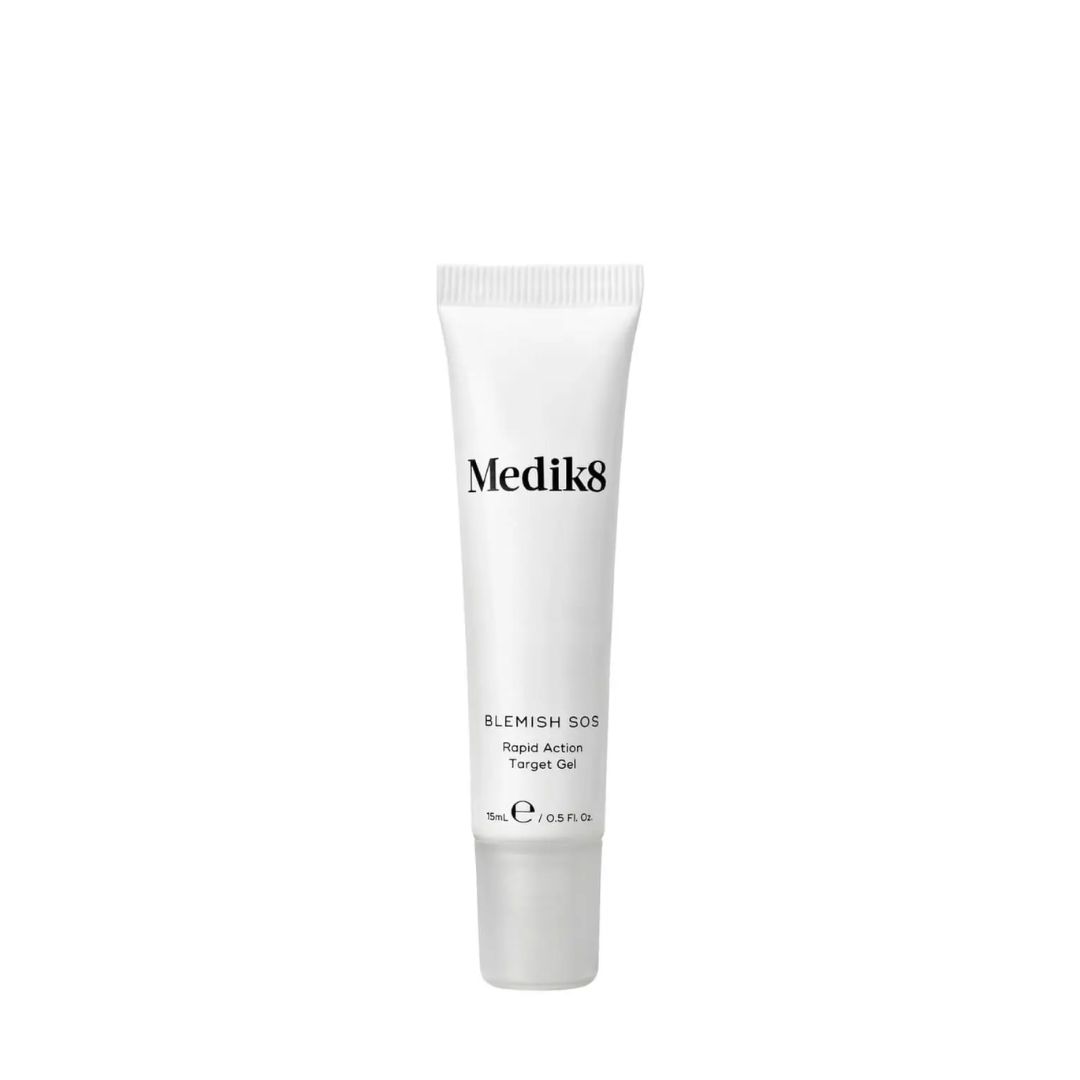
With niacinamide, azelaic acid and dioic acid, this spot treatment does a stand-up job at drying out troublesome spots quickly.
How to cover a spot: Step 2
"Next up, apply your foundation in your usual way, then go in with an opaque concealer. I recommend Laura Mercier's Secret Camouflage Concealer. Whatever you choose, make sure it's a concealer in a solid formula that has nothing reflective in it."
Be sure to apply your concealer with a clean brush or clean hands to avoid transferring bacteria to the area—the last thing you want is an infection.
Marie Claire Newsletter
Celebrity news, beauty, fashion advice, and fascinating features, delivered straight to your inbox!
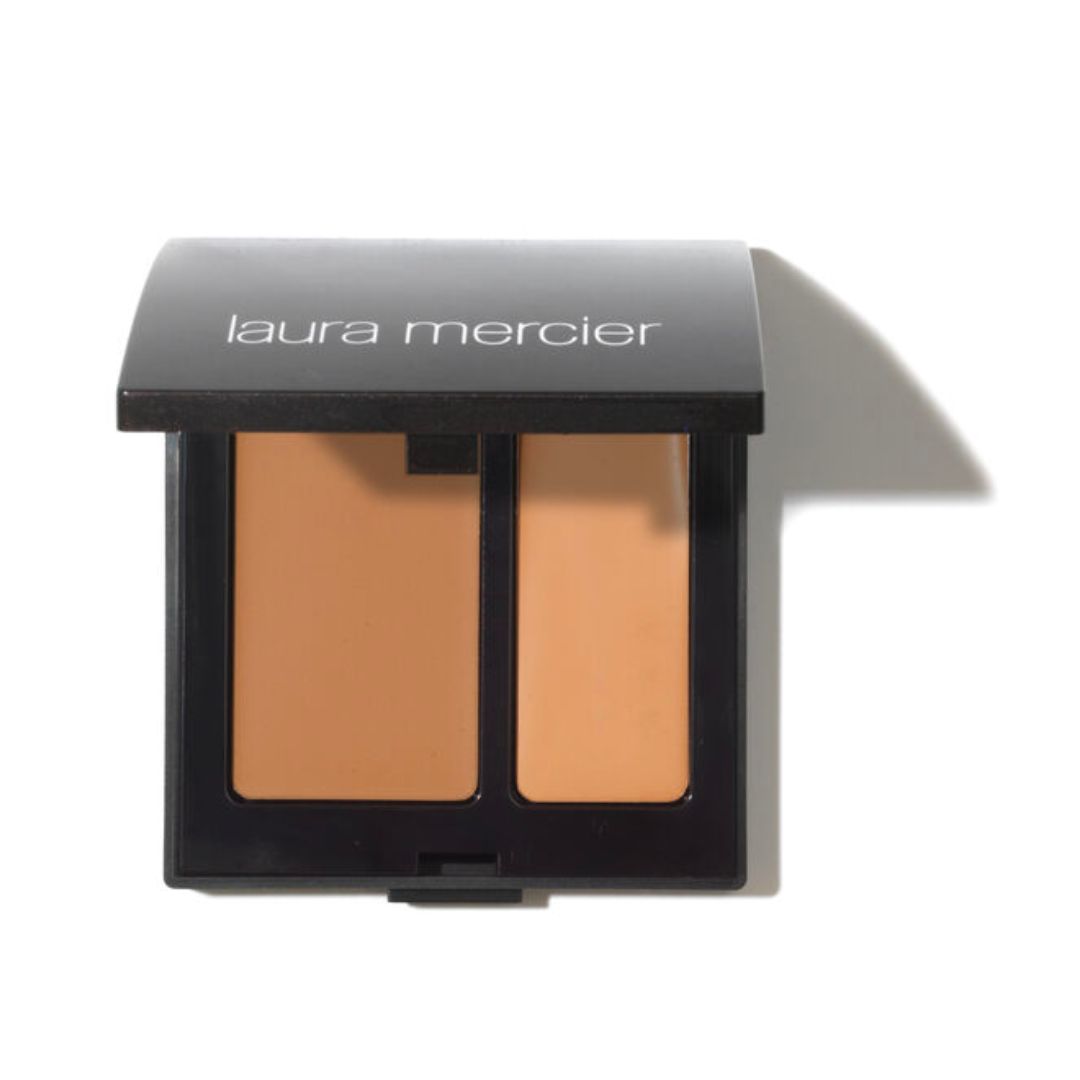
This compact contains two shades to fully customise your blend and coverage—it's a make-up-artist favourite.
How to cover a spot: Step 3
"Then, apply Mac Studio Fix Powder Plus Foundation, which is a foundation and powder in one. Apply with a cotton bud just to that area—this provides a really dense application."
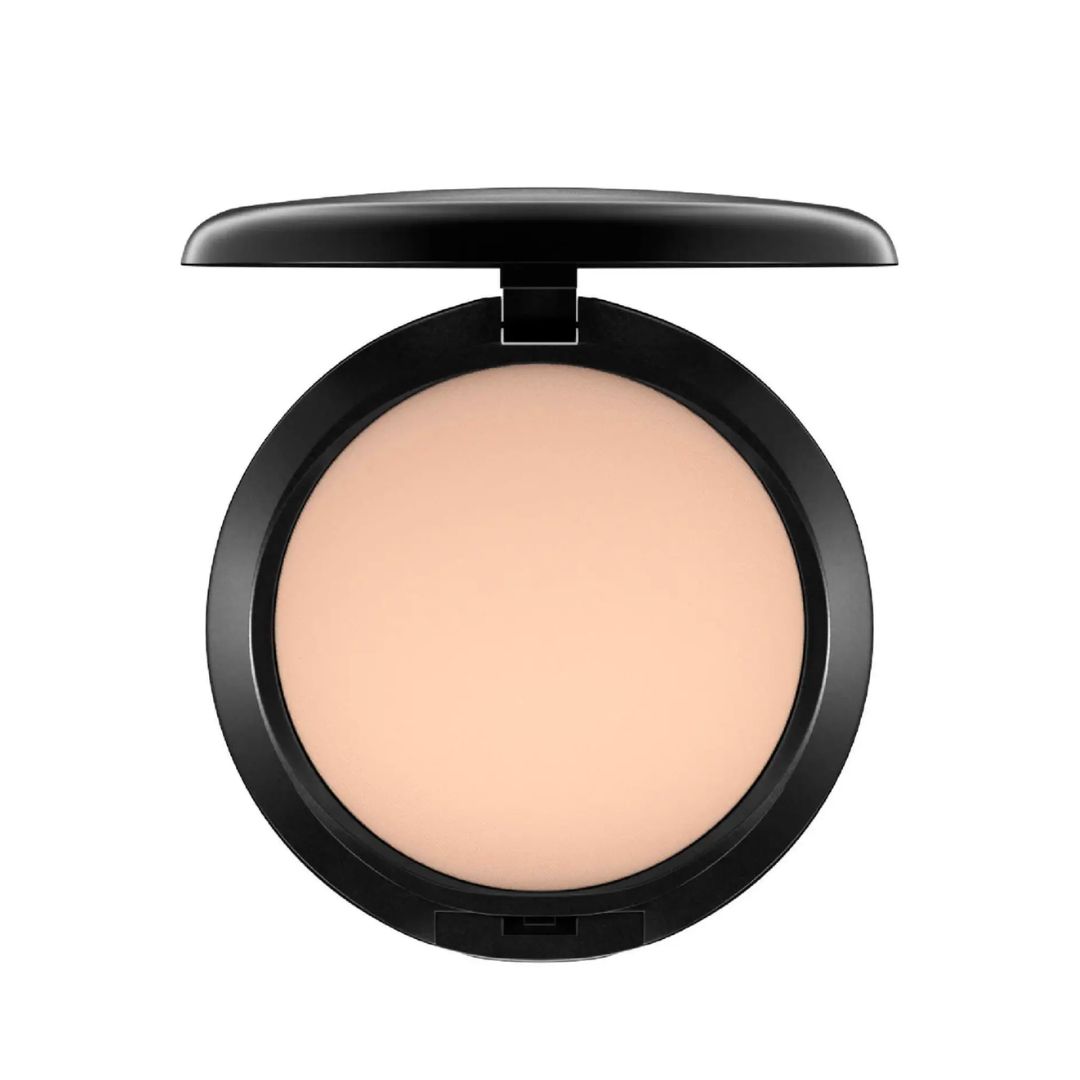
This powdered foundation will help to absorb excess oil and camouflage your spot all at once.
How to cover a spot: Step 4
"Finally, grab a really delicate blending brush—like one that you might use on your eyes—and just dance it around the area to soften the edges and diffuse the colour."
When you do this, try to keep the product from straying too far from the spot itself—you want the product to be concentrated where you need it most.
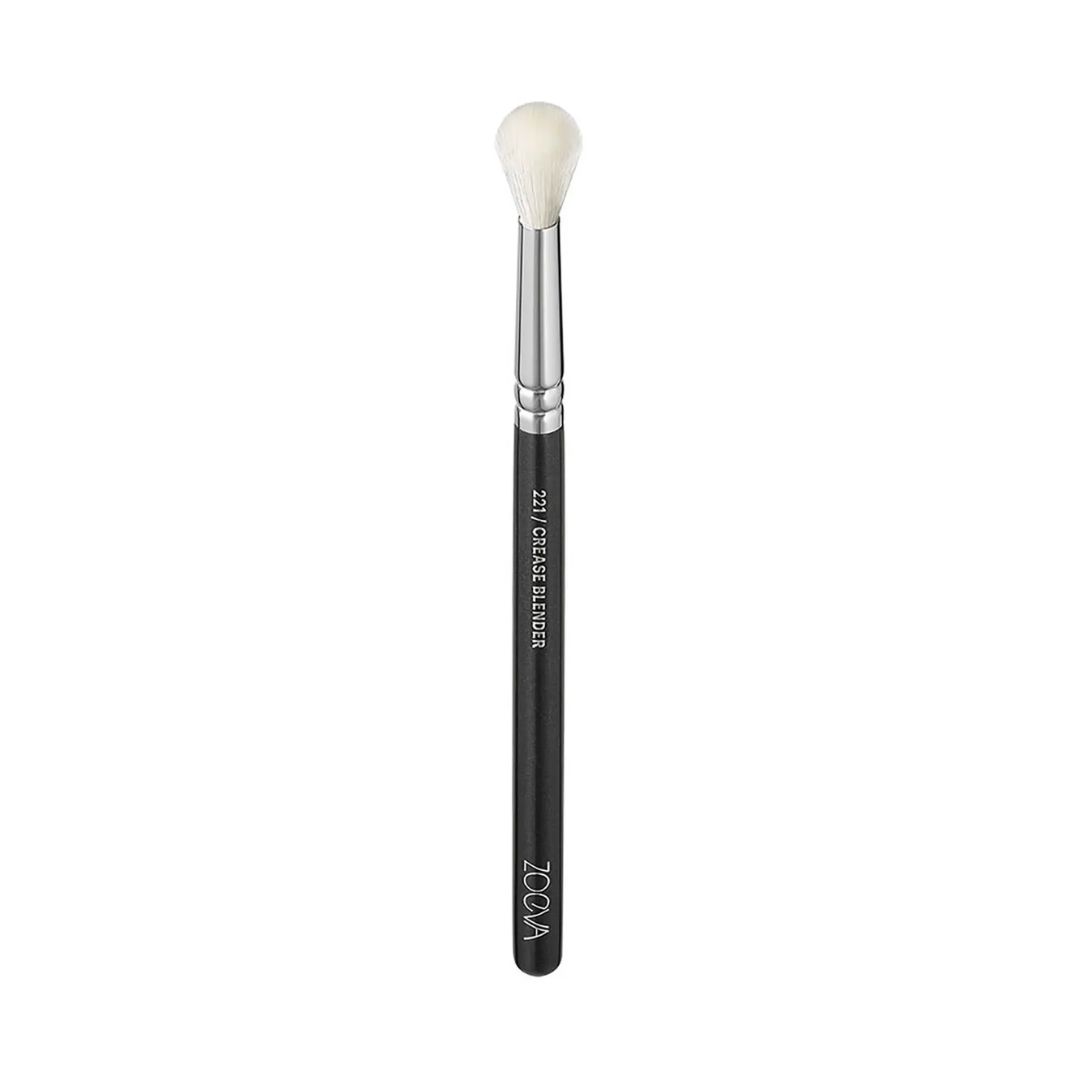
The soft, fluffy nature of this brush allows for a blurring, blending perfection.
Et voilà, you're done!
Spot covered.
Katie Thomas is the Senior Beauty Editor at Marie Claire UK. With over 10 years of experience on women's luxury lifestyle titles, she covers everything from the best beauty looks from the red carpet and stand out trends from the catwalk, to colonic irrigation and to the best mascaras on the market. She started her career on fashion desks across the industry - from The Telegraph to Brides - but found her calling in the Tatler beauty department. From there she moved to Instyle, before joining the Marie Claire digital team in 2018. She’s made it her own personal mission to find the best concealer in the world to cover her tenacious dark circles. She’s obsessed with skincare that makes her skin bouncy and glowy, low-maintenance hair that doesn’t require brushing and a cracking good manicure. Oh and she wears more jewellery than the Queen.
- Shannon LawlorExecutive Beauty Editor
-
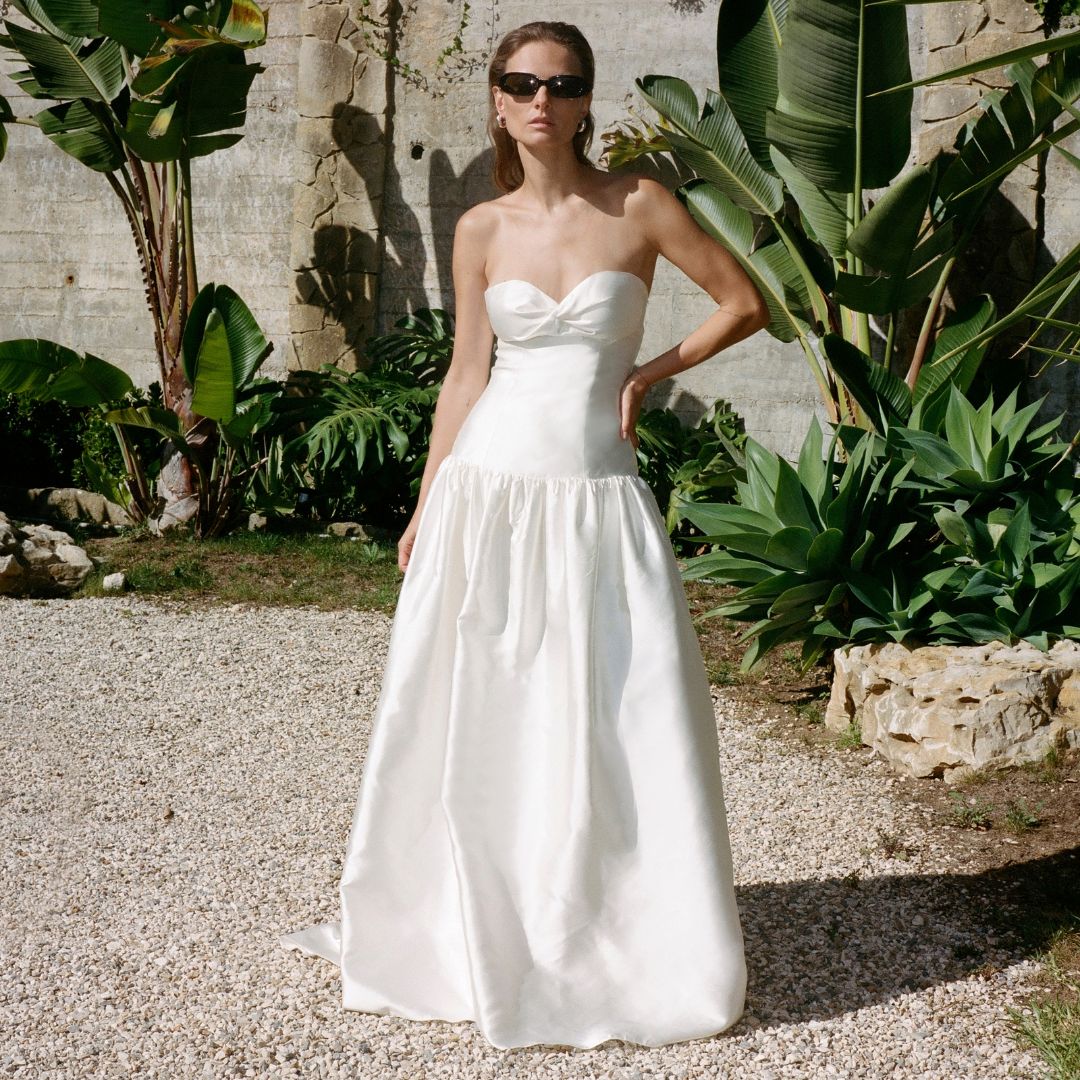 All the coolest brides are wearing drop-waist wedding dresses this year
All the coolest brides are wearing drop-waist wedding dresses this yearWedding Special Minimalist, nostalgic, and universally flattering
By Clementina Jackson
-
 Anya Hindmarch has just launched a fantastical diving shop in central London
Anya Hindmarch has just launched a fantastical diving shop in central LondonFor those who would rather be beside the seaside...
By Sofia Piza
-
 Blake Lively’s legal team has criticised Justin Baldoni’s “scorched earth" approach
Blake Lively’s legal team has criticised Justin Baldoni’s “scorched earth" approachBy Jenny Proudfoot